Product Description
HAVCR2 Antibody | 60-816 | ProSci
Host: Rabbit
Reactivity: Human
Homology: N/A
Immunogen: This HAVCR2 antibody is generated from rabbits immunized with a KLH conjugated synthetic peptide between 167-194 amino acids from the Central region of human HAVCR2.
Research Area: Immunology
Tested Application: WB
Application: For WB starting dilution is: 1:2000
Specificiy: N/A
Positive Control 1: N/A
Positive Control 2: N/A
Positive Control 3: N/A
Positive Control 4: N/A
Positive Control 5: N/A
Positive Control 6: N/A
Molecular Weight: 33 kDa
Validation: N/A
Isoform: N/A
Purification: This antibody is purified through a protein A column, followed by peptide affinity purification.
Clonality: Polyclonal
Clone: N/A
Isotype: Rabbit Ig
Conjugate: Unconjugated
Physical State: Liquid
Buffer: Supplied in PBS with 0.09% (W/V) sodium azide.
Concentration: batch dependent
Storage Condition: Store at 4˚C for three months and -20˚C, stable for up to one year. As with all antibodies care should be taken to avoid repeated freeze thaw cycles. Antibodies should not be exposed to prolonged high temperatures.
Alternate Name: Hepatitis A virus cellular receptor 2, HAVcr-2, T-cell immunoglobulin and mucin domain-containing protein 3, TIMD-3, T-cell immunoglobulin mucin receptor 3, TIM-3, T-cell membrane protein 3, HAVCR2, TIM3, TIMD3
User Note: Optimal dilutions for each application to be determined by the researcher.
BACKGROUND: CD4 (MIM 186940) -positive T helper lymphocytes can be divided into types 1 (Th1) and 2 (Th2) on the basis of their cytokine secretion patterns. Th1 cells and their associated cytokines are involved in cell-mediated immunity to intracellular pathogens and delayed-type hypersensitivity reactions, whereas Th2 cells are involved in the control of extracellular helminthic infections and the promotion of atopic and allergic diseases. The 2 types of cells also cross-regulate the functions of the other. TIM3 is a Th1-specific cell surface protein that regulates macrophage activation and enhances the severity of experimental autoimmune encephalomyelitis in mice.
 Euro
Euro
 USD
USD
 British Pound
British Pound
 NULL
NULL

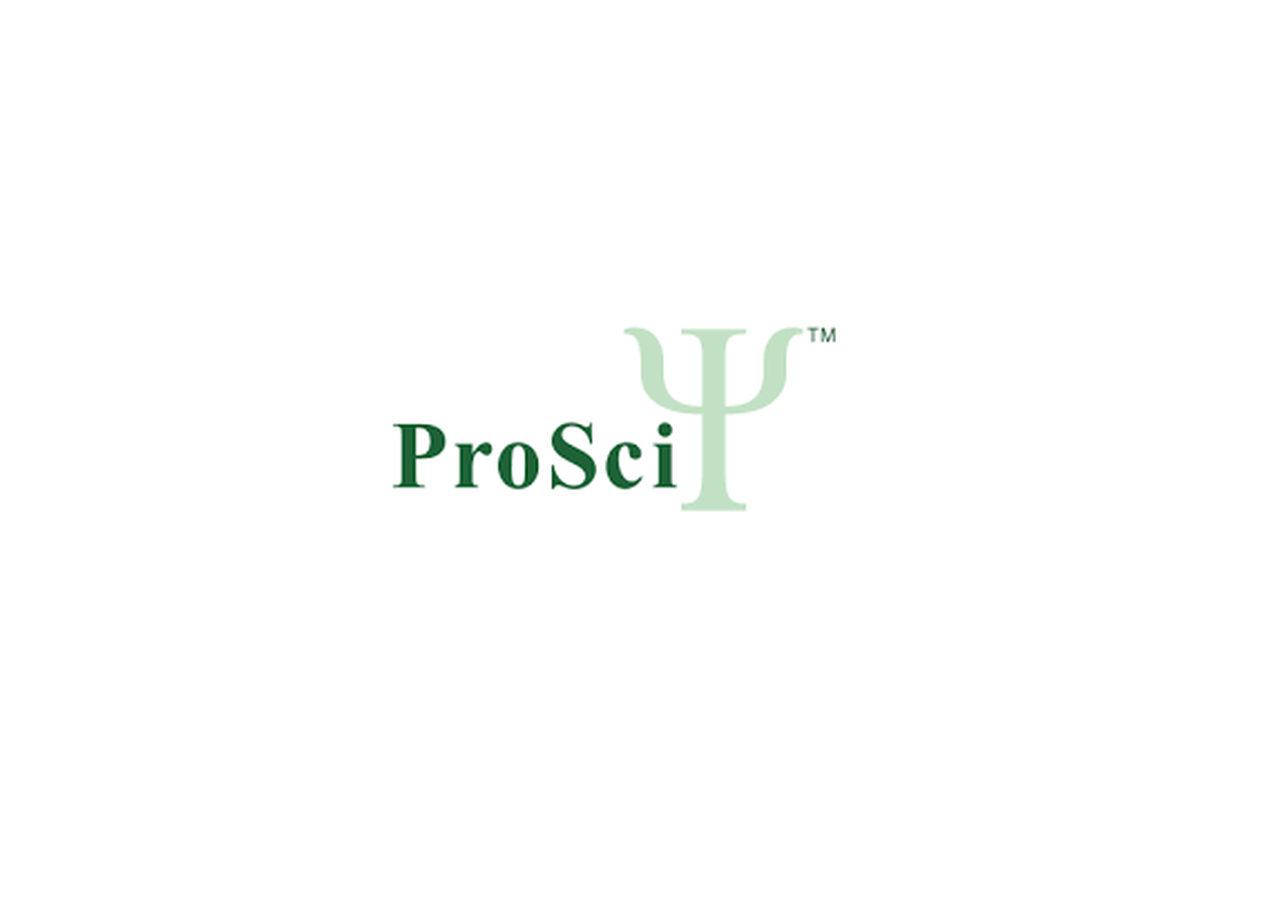
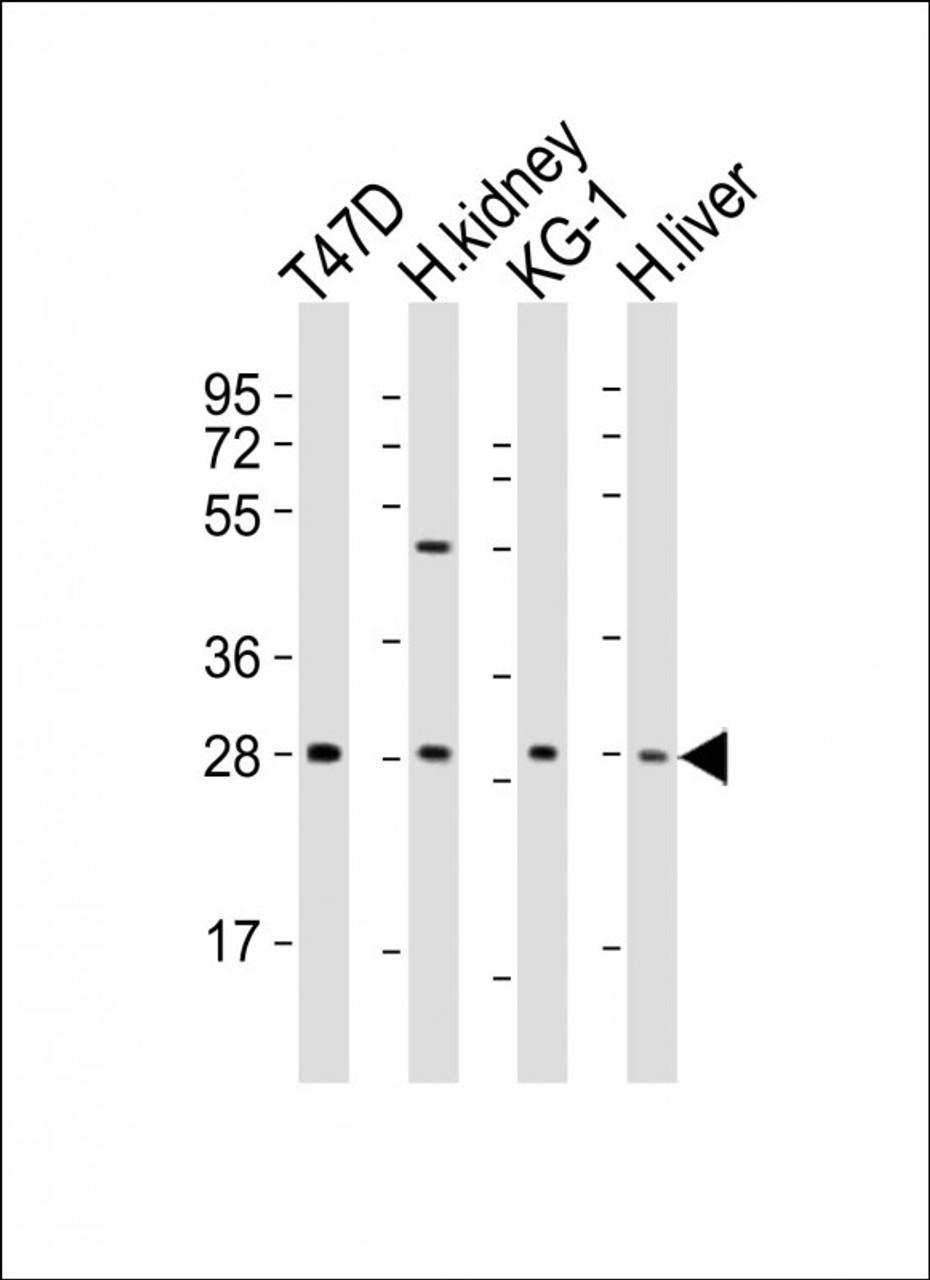
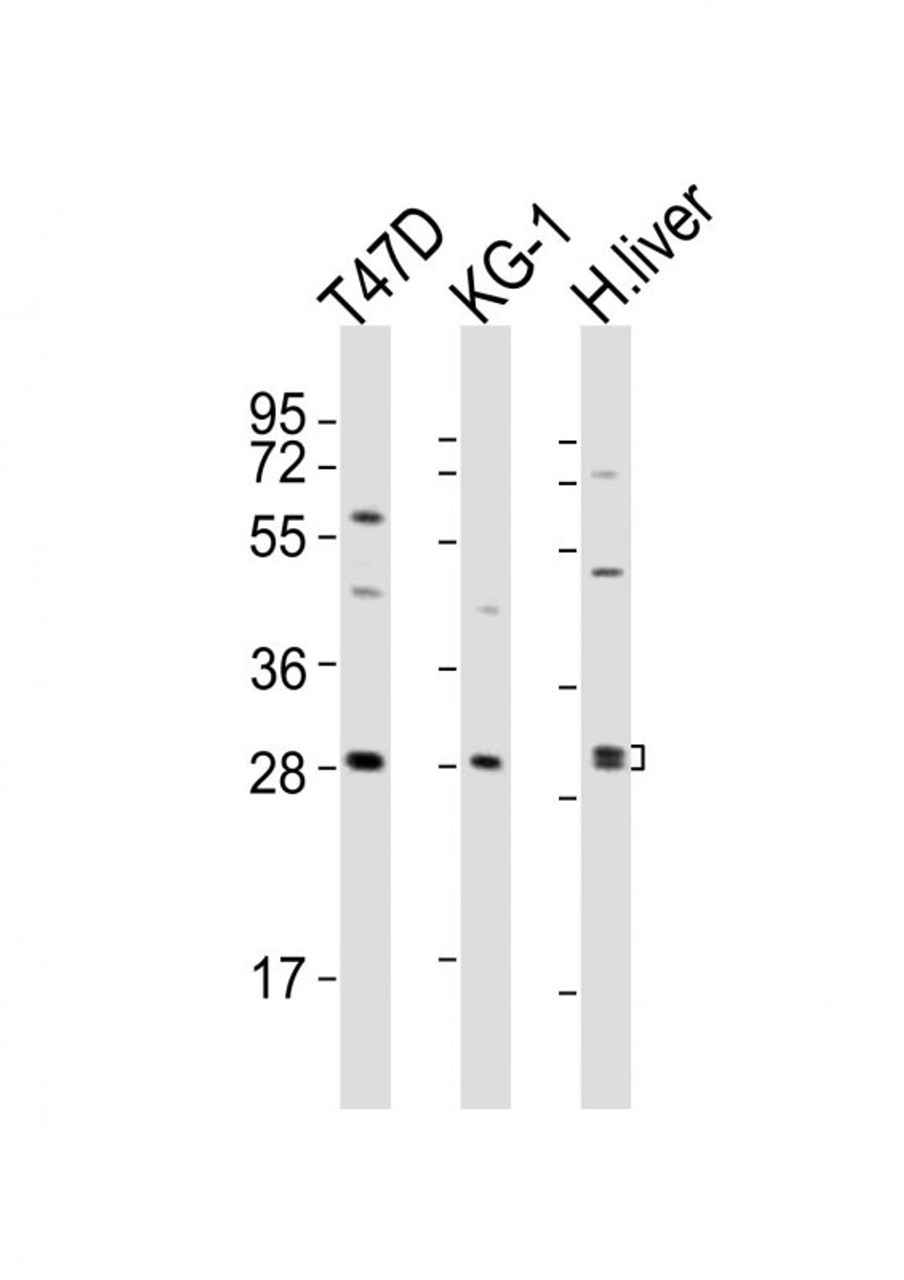





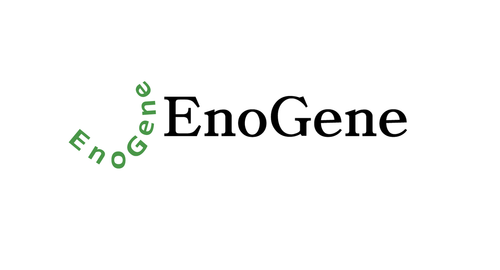
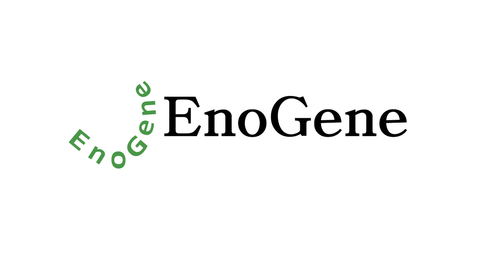

![HAVCR2 Antibody [AMM22247G] HAVCR2 Antibody [AMM22247G]](https://cdn11.bigcommerce.com/s-452hpg8iuh/images/stencil/500x659/products/870608/1162675/logo__92149.1659788186__71038.1659866735.png?c=2)



